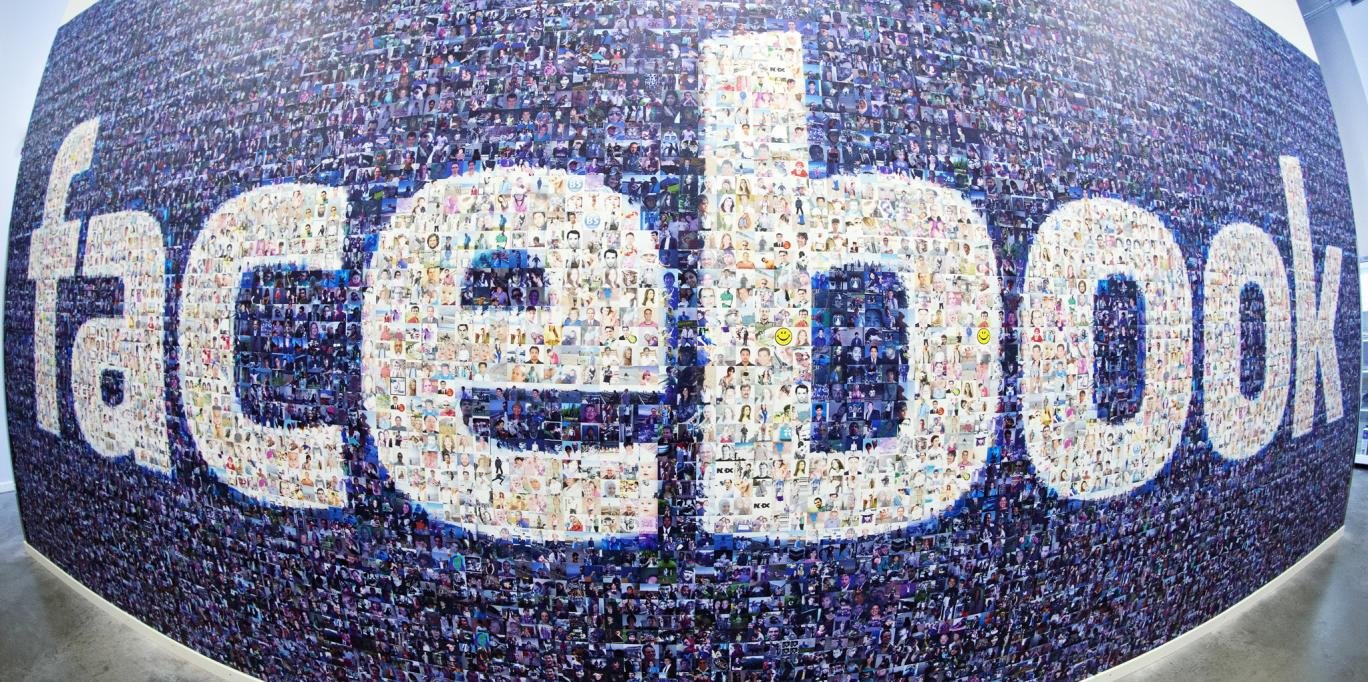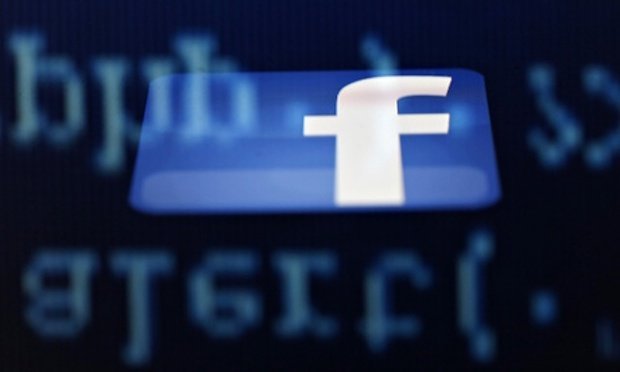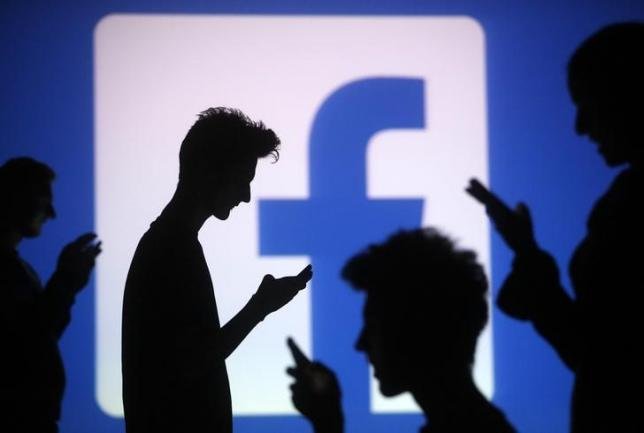Facebook on Wednesday rolled out ‘reactions’ that takes you to a world beyond ‘like’. After a lot of brainstorming and research, Facebook chose five new buddies – Love, Haha, Wow Sad and Angry – for its solitary ‘like’ button.
Read Mark Zuckerberg’s announcement of it here:
Now you can do a whole lot more than just “like” a Facebook post because now the spectrum of emotions has expanded. Facebook worked for a year with sociologists, consulted focus groups and conducted surveys to determine which emotions would make the final cut.

Facebook is undoubtedly the king of social networks and this has happened because it has managed to sense people’s emotions and provide them what they want.
But why exactly has it worked so hard to bring you these additional features? Does it care so much about how you express yourself? Not so much, we think.
Yes, this new tweak is indeed the company’s attempt to give it a sprightly look and further deepen people’s attachment to the website, but there is more to it.
With this overhaul, Facebook definitely hopes to further gain a boost to its clicks. This close yet strong engagement with its users will help Facebook to learn more about you through your response to different situations and content. So, basically Facebook will keep tabs on you and through subtle manipulation, will try to analyse what type of data really keeps you going.

Facebook confirmed to Mic that it will use data gathered when you use the new emojis to alter your News Feed and learn more about what you like. This tailoring of your feed affects how news organisations report and distribute valuable information, and it’s influencing how political campaigns shape their messages. It can even have an impact on which candidates reach a bigger audience, says a report by Mic.
So, the kind of stories which really keep you engaged will feature more on your News Feed. For instance, suppose you are more interested in art than in politics, so obviously you will click the ‘like’, ‘love’ options more on the posts which are about art. This simple observation will help Facebook to prepare the kind of News Feed which you will like to run through, so that you are happy and engaged and you won’t feel the need to visit other rival websites.
That’s why Facebook skipped the “dislike” button, an option CEO Mark Zuckerberg first hinted at in September. Launching a dislike button would have meant a negative reaction, creating animosity between users, so Facebook didn’t take that risk.

The News Feed which you will see in the coming days will not be first-hand but will be refashioned to suit your sensibilities so that you remain hooked. Through the revamping of the News Feed, it wants to gauge your emotional state and learn more and more about you.

















